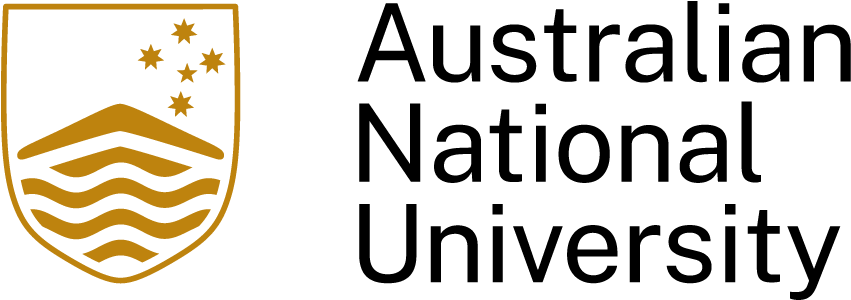
Image: Hannah Minns, ANU
PhD in Statistics (1996)
Alice Richardson is currently the Director of the Statistical Consulting Unit at ANU. She took up this role in October 2019. Alice studied at Victoria University of Wellington, New Zealand, then at the Australian National University, Canberra. Her PhD was on the statistical properties of robust methods of estimation for multilevel linear models.
Alice has twenty years of experience in teaching undergraduate statistics at the University of Canberra (UC). While at UC, she also collaborated on quantitative research projects in every Faculty of the University. In 2016, Alice took up a position as biostatistician at the National Centre for Epidemiology & Population Health at ANU.
Alice’s research interests are in linear models and robust statistics; statistical properties of data mining methods; applications of statistical methods to large data sets especially in population health and the biomedical sciences; and innovation in statistics education.
Here are Alice’s responses:
What is your current role?
I’m Associate Professor and Director of the Statistical Consulting Unit at the ANU. The unit supports research excellence at ANU through collaboration on the quantitative aspects of research. This includes everything from study design and data management to analysis and communication of results. Our main activity is one-on-one consultations with research students and academics from across the University.
Which year did you obtain your PhD and from which Research School?
I graduated in 1996, from what was the School of Statistics in the Faculty of Economics and Commerce. The LF Crisp Building where I had a tiny office still stands, even after all the building works to create Kambri and a building for ANU College of Business and Economics.
What drove your decision to work in academia over industry?
I think at the time openings in industry, particularly for PhD graduates, were not as visible as they are now. A PhD was very much training for an academic role and so I felt well qualified to apply for positions in universities, which is what I did. My partner worked in Canberra, and so my first position after graduation was at the University of Canberra in the School of Mathematics and Statistics.
What surprised you most when you first started your academic career?
How true it is that as a PhD graduate you may know everything about something (robust estimation in mixed linear models, in my case) bit there’s still a heap to learn about everything else! After concentrating almost exclusively on one project for three years, the competing demands of research and teaching also generated a steep learning curve.
How do you juggle the responsibilities of teaching, research, services and family?
I was working in a teaching-intensive university and teaching always came first – the recurring hard deadline of a lecture theatre full of students was impossible to ignore! Efficient research became a big part of my academic life and I undertook a research program in statistics education that I feel has had real benefit in university classrooms in many places.
I was lucky that my employer was very open to flexible working arrangements, including two twelve-month periods of maternity leave, and over a decade of working part-time. Campus-based child care was a huge bonus too. I think academic women often attempt to maintain their position in the academic hierarchy by going the extra mile, and I do remember taking a baby in a stroller to important faculty review meetings.
